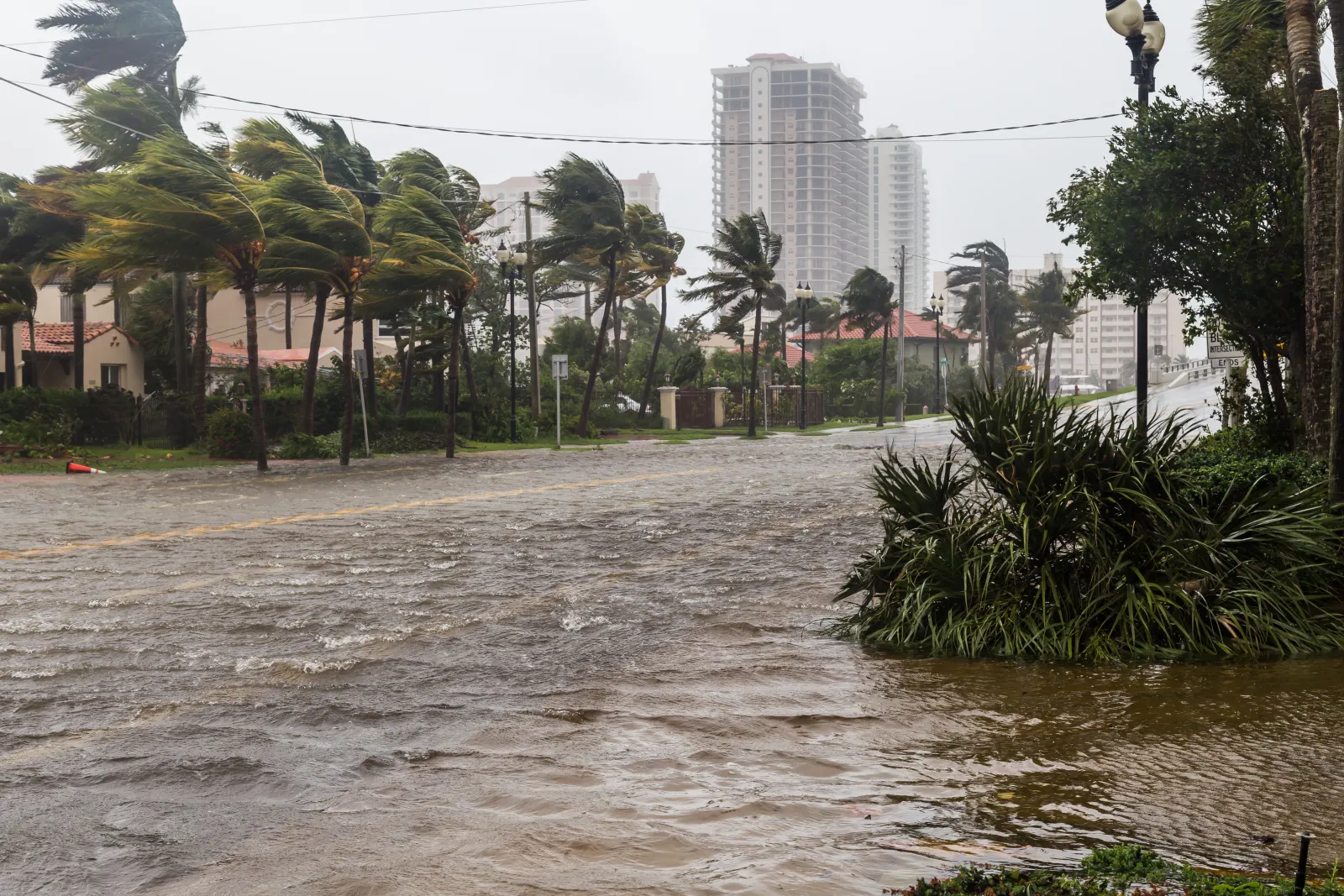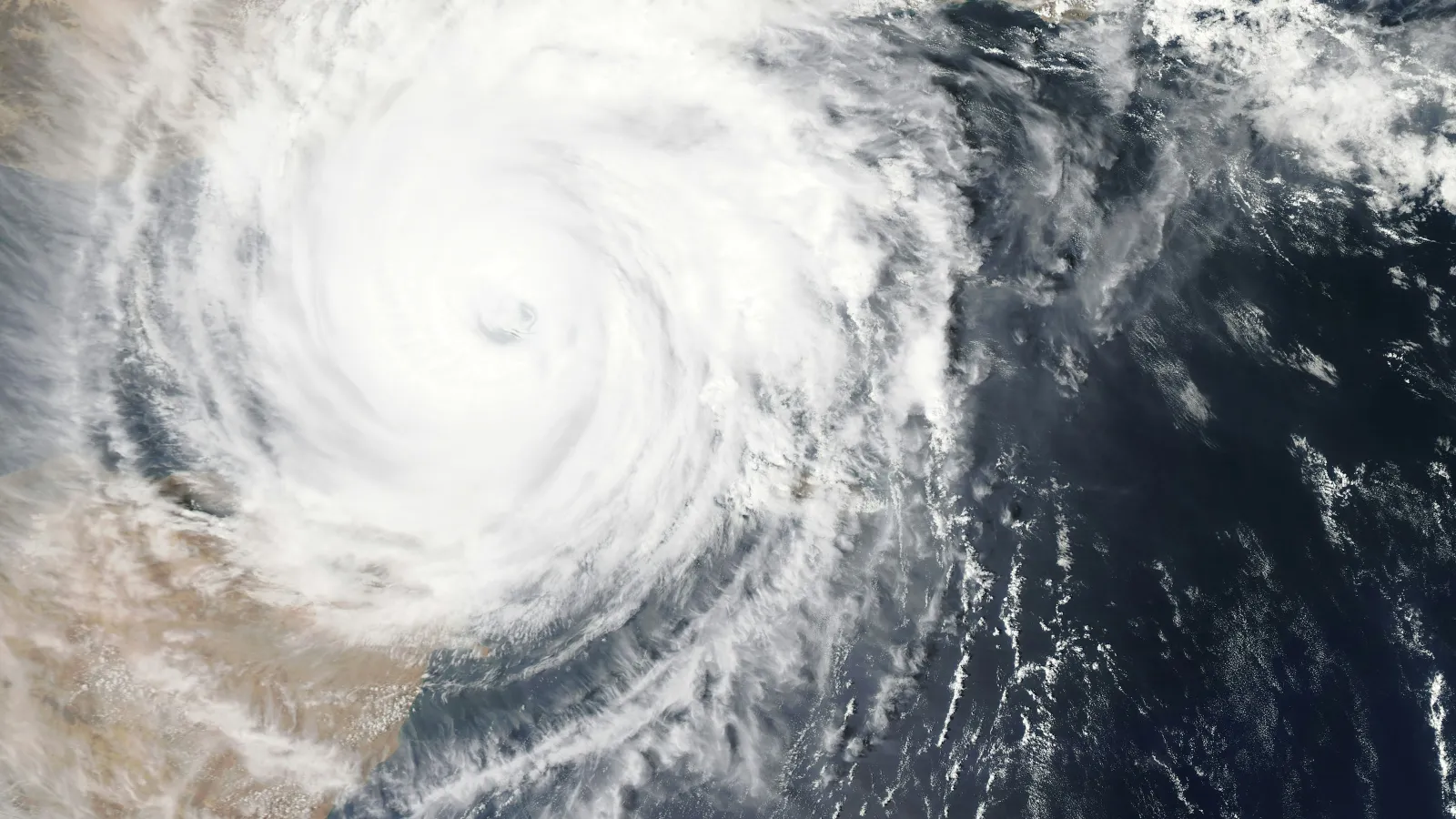As hurricane season approaches, facility managers and engineers are on the front lines of protecting infrastructure, equipment, and—most importantly—people. For mission-critical operations such as hospitals, data centers, manufacturing plants, and commercial buildings, advanced planning and preventative maintenance can make the difference between uninterrupted service and costly downtime.
At Prime Power, we work with facility teams year-round to strengthen operational resilience.
Here's a guide to proactive hurricane preparedness that every facility leader should have in place.
1. Conduct a Risk Assessment
Begin with a facility-wide risk assessment. Identify the systems most vulnerable to flooding, power loss, or storm damage. Pay close attention to electrical rooms, emergency systems, fuel storage, and communication networks. Document these risks, develop contingency plans, and prioritize upgrades or adjustments well before storm season peaks.
2. Ensure Generator Readiness
Backup power is the backbone of business continuity during hurricanes. Yet too often, we find generators neglected until it's too late. Be sure all your services and PMs have been performed and/or are on track, if not get them scheduled. Waiting until a few days before an incident will be too late! Check fuel levels, battery health, fluid levels, and transfer switch functionality. Make sure your ATS (Automatic Transfer Switch) is working as intended and that generator enclosures are sealed against water intrusion.
For Prime Power clients, our Generator Preventive Maintenance Programs ensure readiness with EGSA-certified technicians who inspect and test systems to OEM standards.
>> Schedule Your Generator Maintenance
Diesel-powered generators are only as reliable as their fuel supply. Don't wait until a storm is approaching to source fuel—by then, you'll be competing with everyone else. Partner in advance with a supplier who can guarantee fuel delivery during regional emergencies. Consider additional on-site storage or fuel polishing services to maintain fuel quality over time.
4. Inspect Electrical and Control Systems
Storm surges and high winds can lead to short circuits, water ingress, and corrosion in electrical systems. Conduct inspections on panelboards, switchgear, and surge protection devices. Make sure grounding systems are intact and that critical wiring is elevated above flood-prone areas. SCADA or building automation systems should be reviewed to ensure remote monitoring will remain online even if access to the building is restricted.
5. Create a Communication and Response Plan
Your emergency response plan should include clear communication protocols, contact lists, and decision trees. Who is responsible for system shutdowns? Who communicates with vendors, utilities, or emergency services?
Prime Power recommends tabletop exercises or drills to test this plan annually.
6. Document and Train
Ensure all maintenance records, OEM manuals, and site schematics are up to date and accessible—even if your primary systems go down. Train all team members on emergency procedures, including how to operate backup systems manually if needed.
Be Ready Before the Storm Hits
Hurricanes are unpredictable, but your preparedness doesn't have to be. Partnering with a power systems expert like Prime Power ensures your facility stays ahead of the storm. Whether you need preventive maintenance, emergency response services, or fuel logistics, we're here to support your business continuity plan.
Don't wait for the warning sirens—schedule your hurricane readiness assessment today.

HURRICANE PREPAREDNESS CHECKLIST FOR FACILITY MANAGERS
Risk & Systems Assessment
- Conduct full-site risk assessment (flood zones, wind exposure)
- Identify and prioritize critical systems (electrical, HVAC, IT)
- Review insurance policies and emergency response plans
Emergency Power Readiness
- Schedule load bank test and generator preventive maintenance
- Verify battery voltage, fluid levels, and fuel quality
- Test ATS and ensure seamless switch-over capabilities
- Inspect generator housing and waterproof seals
Fuel Supply
- Confirm on-site fuel levels meet runtime requirements
- Secure guaranteed fuel delivery contract
- Perform fuel polishing if stored diesel is older than 6 months
Electrical & Control Systems
- Inspect main switchgear and panelboards for damage/corrosion
- Confirm surge protection and grounding systems are intact
- Verify that SCADA/BAS systems have remote access capability
- Elevate critical wiring above potential flood levels
Communication & Coordination
- Update emergency contact list (internal & vendor)
- Establish roles and responsibilities for crisis response
- Conduct a tabletop drill or simulation exercise
Documentation & Training
- Store up-to-date O&M manuals and schematics in a safe location
- Ensure staff are trained on generator operations and safety
- Review and distribute emergency shutdown/startup procedures
